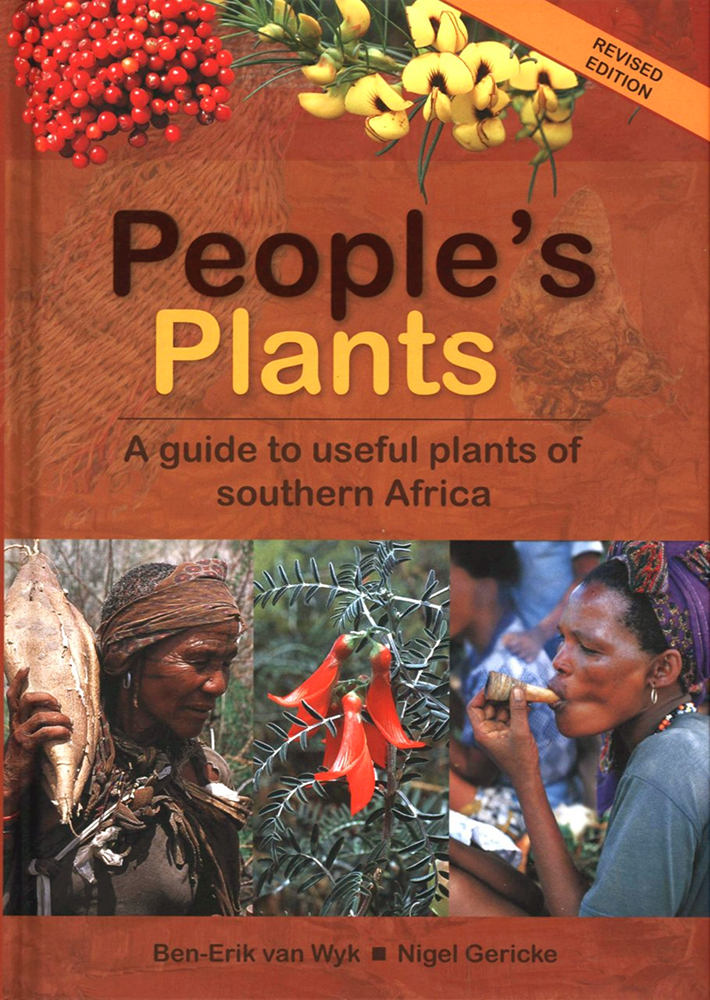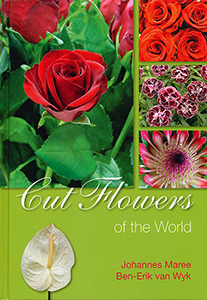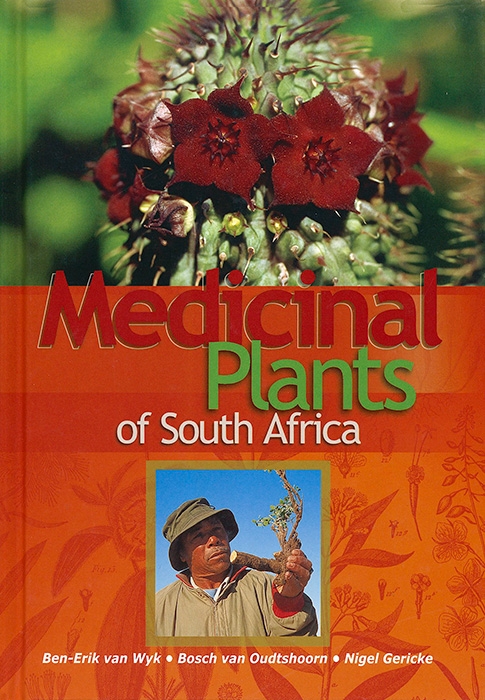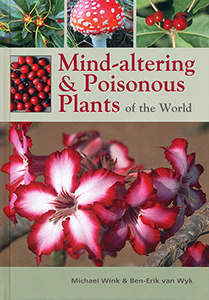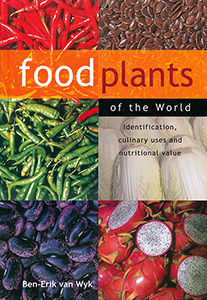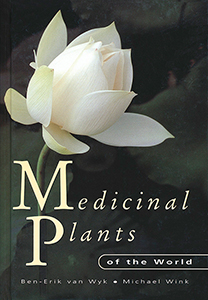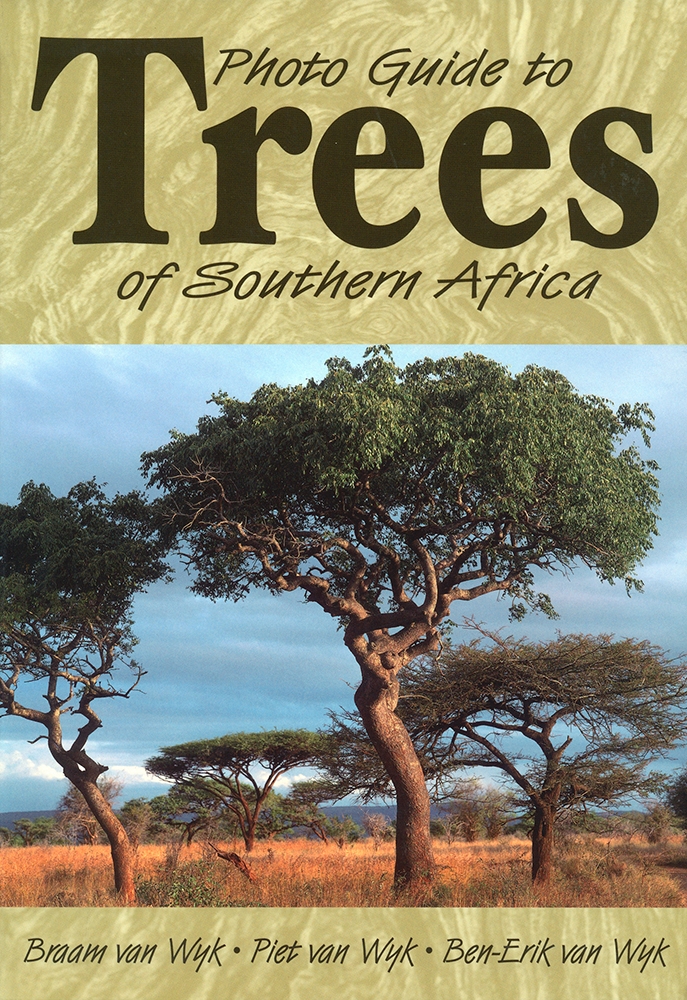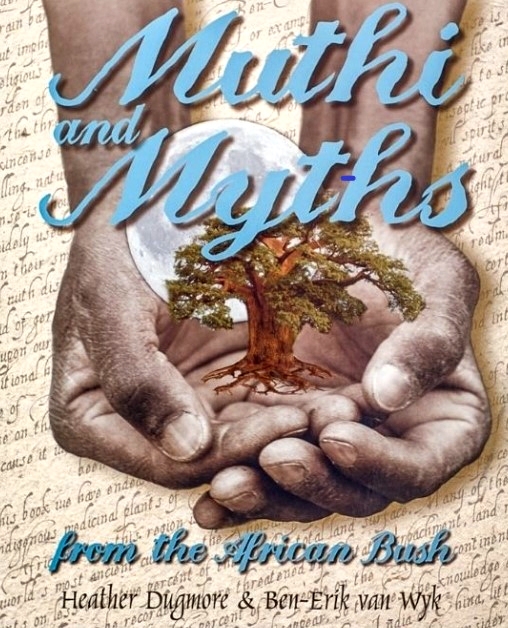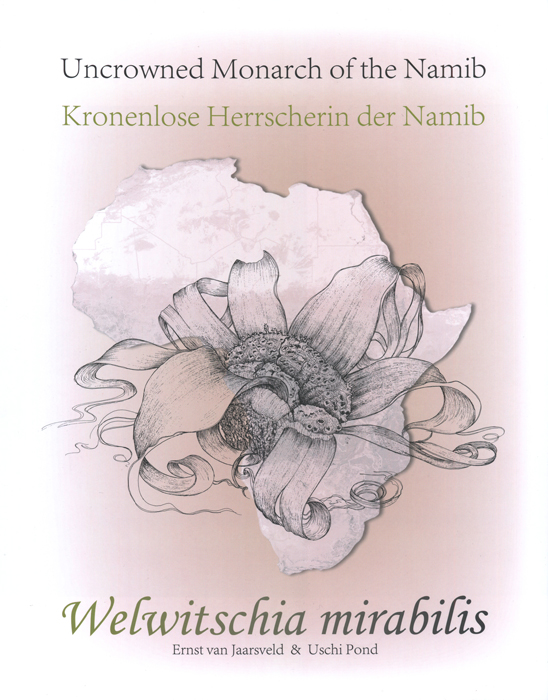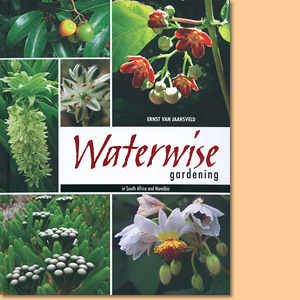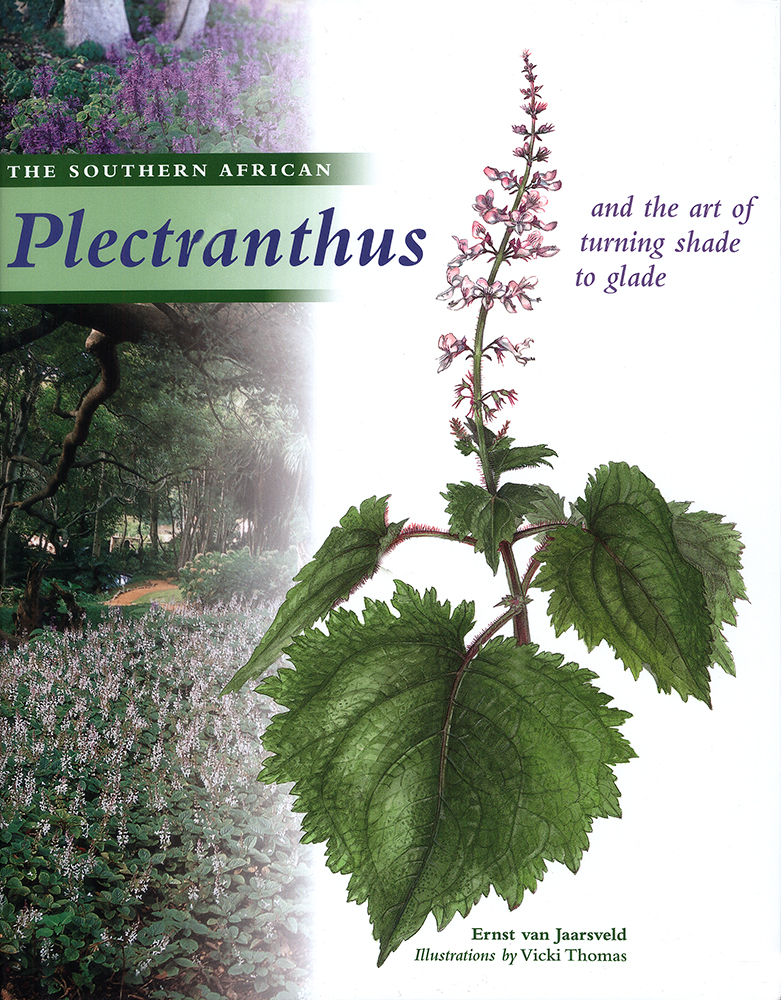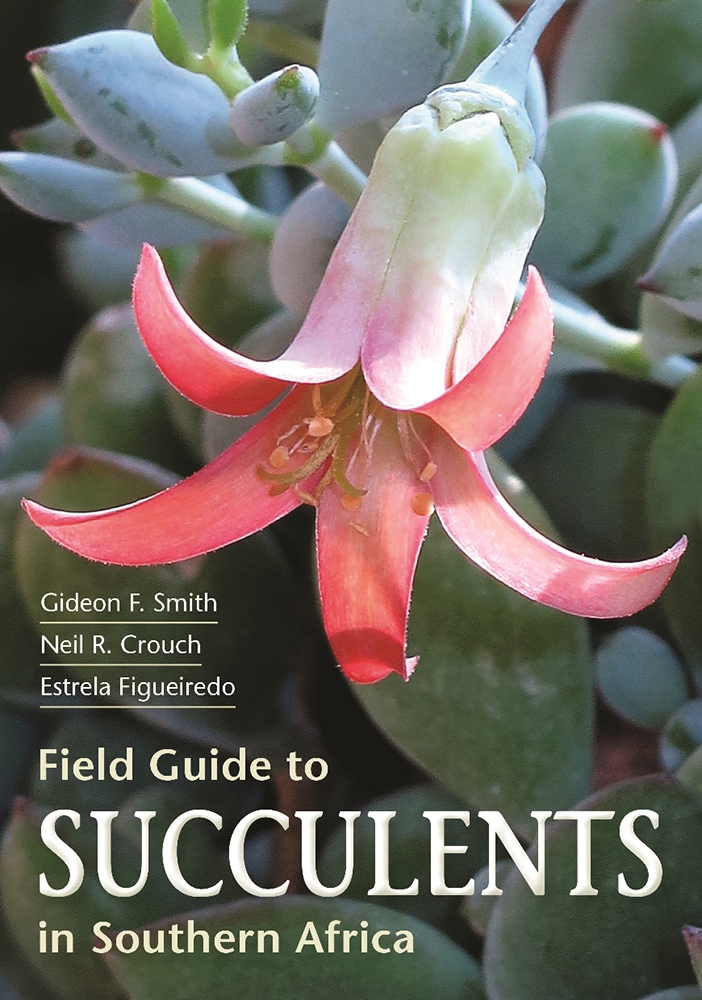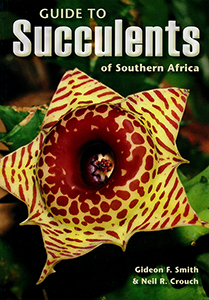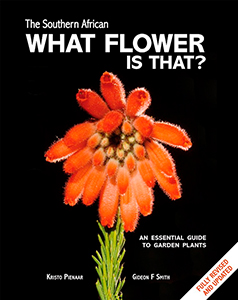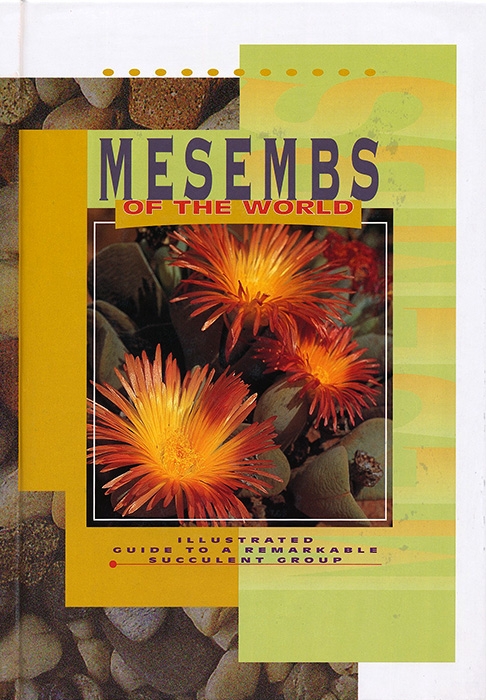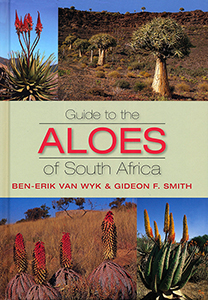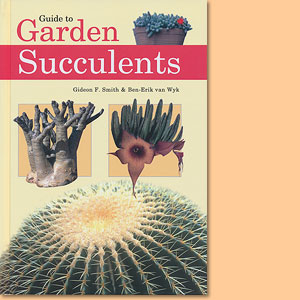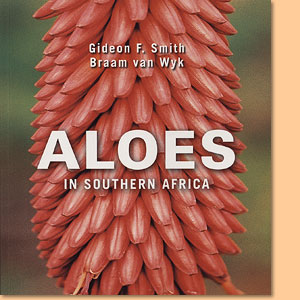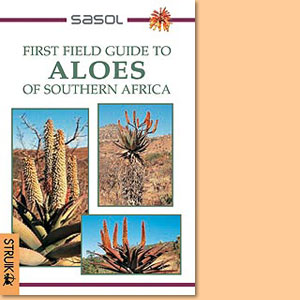Mesembs of the World, by Gideon F. Smith et al.
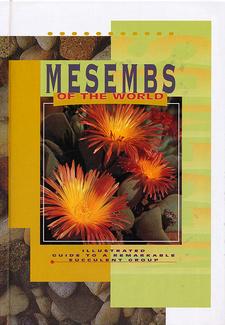
Mesembs of the World: Illustrated Guide to a remarkable succulent group by Gideon F. Smith et al. Briza Publications. Pretoria, South Africa 1998. ISBN 9781875093137 / ISBN 978-1-875093-13-7
Mesembs occur mainly in the southwestern parts of the African continent, from Angola down to the Cape, extending well into the east over the central plateau of South Africa and reaching into Zimbabwe and Botswana. Nine experts for mesembs of the world have contributeted to chapters like the following.
Ernst van Jaarsveld Gideon F. Smith Ben-Erik van Wyk
Distribution and ecology
Mesembs occur mainly in the southwestern parts of the African continent, from Angola down to the Cape, extending well into the east over the central plateau of South Africa and reaching into Zimbabwe and Botswana. The highest number of species and genera is found in the mountainous area of the Richtersveld in the Northern Cape Province: about 30 genera are counted in that small region. The number of genera decreases towards the east, and hitherto only seven genera have been recorded from Lesotho. Outside this core area, several species of Delosperma are found from northern Tanzania up to the Yemen and also in Arabia and Madagascar. A few species of Mesembryanthemum occur around the Mediterranean Sea, and most species of the genus Disphyma are found in Australia, New Zealand and the adjacent islands. The genus Sarcozona and some species of Carpobrotus are restricted to Australia, but species of Ruschia and Lampranthus may not be indigenous to Australasia. It is also not clear whether species of Malephora and Carpobrotus are recent introductions to South America, but the populations of Carpobrotus found along the west coast of North America were certainly introduced by man. Winter rains dominate in the greatest part of all the distribution areas mentioned above, and plants react by forming their leaves and flowers mostly during that period. Fruits are generally developed towards or in the dry summer season, the seeds being ready for dispersal at the beginning of the next rainy period. Only a limited number of genera, such as Delosperma and Khadia, is well adapted to summer rains, but Trichodiadema and spiny members of Ruschia rapidly grow shoots after rains, regardless of the season. Although the soils on which mesembs are found differ greatly, for most genera they can be described as rather sandy-gravel and well drained. Mesembs often dominate on gravelly plains, for example the Knersvlakte, but they may also be found in broken rocky places. In these habitats, shrubs like Stoeberia may settle in crevices amongst the rocks. Only a few genera, for example Khadia and Ebracteola, prefer humus, and equally few settle in flood plains, for example Nananthus and Mestoklema. Only a restricted number of species from some genera can be classified as pioneers or weeds, for example some in the genera Psilocaulon and Malephora, and a few in the genera Cephalophylium and Leipoldtia. In the core areas, temperatures are generally rather low during winter, meaning that the main growing season corresponds with moderate, wet conditions. The dry, hot summer months are survived in a resting state. Mitrophyllum and many other genera are so strictly adapted to seasonal changes of heat and moisture that they grow themselves to death when permanently kept in moist conditions. As a rule, pollination is performed by insects, which are attracted by the mostly brightly coloured petals. The flowers open either during the day, in the afternoon or at night. Bees collect nectar from day-flowering species, for example those of Psilocaulon. Dispersal of seeds in most genera is closely related to the opening of the capsule through moisture: expanding keels lift the valve when moistened, and in most cases raindrops expel the seeds from the locules. This process is triggered by rain, when conditions for germination and the establishment of seedlings are favourable. In a number of genera the capsules break off from their stalks and are dispersed by wind as tumble fruits. The dispersal of fruits by animals has only been observed in a few species. Nuts and dry fruits are rare. [...]
This is an excerpt from the book: Mesembs of the World, by Gideon F. Smith et al.
Title: Mesembs of the World
Subtitle: Illustrated Guide to a remarkable succulent group
Authors: Gideon F. Smith, Pascale Chesselet, Ernst J. van Jaarsveld, Heidi Hartmann, Steven Hammer, Ben-Erik van Wyk, Priscilla Burgoyne, Cornelia Klak and Hubert Kurzweil.
Publisher: Briza Publications
Pretoria, South Africa 1998
ISBN 9781875093137 / ISBN 978-1-875093-13-7
Hardcover, 17 x 24 cm, 408 pages, distribution maps, 650 colour photographs
Smith, Gideon F. und van Jaarsveld, Ernst und van Wyk, Ben-Erik im Namibiana-Buchangebot
People’s Plants: A Guide to Useful Plants of Southern Africa
In People’s Plants: A Guide to Useful Plants of Southern Africa traditional and contemporary uses of more than 700 plants are described and illustrated.
Cut flowers of the world
Cut Flowers of the World describes and illustrates more than 330 different species of commercially important flowers, foliages and potted flowers.
Medicinal plants of South Africa
Medicinal plants are an important aspect of the daily lives of many people and an important part of the South African cultural heritage.
Mind-altering and poisonous plants of the world
This book introduces to the better known poisonous and mind-altering plants of the world.
Food plants of the world
Food Plants of the World is a comprehensive overview of the plants that provide us with food, beverages, spices and flavours.
Medicinal plants of the world
Medicinal Plants of the World is a comprehensive and scientifically accurate guide to the best-known and most important medicinal plants, including those of special commercial or historical interest.
Photo Guide to Trees of Southern Africa
Photo Guide to Trees of Southern Africa is an invaluable identification and reference guide to 300 of the more common tree species.
Muthi and Myths from the African Bush
52 compelling tales that lead on a journey of discovery of African plant mythology and its associated healing practices
Welwitschia mirabilis. Kronenlose Herrscherin der Namib
Einzigartiges botanisches Werk über die bizarre Welwitschia mirabilis, kronenlose Herrscherin der Namib in Namibia und Angola.
Waterwise Gardening in South Africa and Namibia
Waterwise Gardening in South Africa and Namibia is aimed at anyone who wants to create a new garden or convert an existing one to waterwise principles.
The southern African Plectranthus and the Art of Turning Shade to Glade
This major work on the southern African Plectranthus, surveys the discovery and naming of this beautiful plants and includes an account of the author's own travels in search of them.
Field Guide to Succulents in Southern Africa
Field Guide to Succulents in Southern Africa is user-friendly, richly illustrated, featuring +700 southern African succulents.
Guide to succulents of Southern Africa
Guide to Succulents of Southern Africa is an accessible, user-friendly guide to the identification of these increasingly popular plants.
The Southern African What Flower is That?
Approximately 1600 annuals, perennials, shrubs, trees and vines commonly found in Southern African gardens, parks and roadsides are easily identified by the guide What Flower is That?
Mesembs of the world
This is a well-illustrated, easy-to-read guide of all the 123 mesembs genera that are currently recognised worldwide.
Guide to the Aloes of South Africa
A wonderful guide to all 155 species aloes found in the South African field and in gardens.
Guide to Garden Succulents
Scientifically accurate photographic guide for gardeners and horticulturalist to easily identify commonly used species of succulents
Aloes in Southern Africa
58 aloe and related species of Southern Africa including cultivation and propagation
First Field Guide to Aloes of Southern Africa
50 species - plant characteristics, flower colour, distribution and planting

